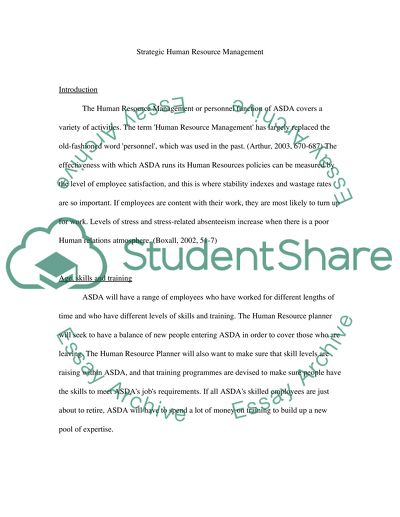Cite this document
(Strategic Human Resource Management Research Paper, n.d.)
Strategic Human Resource Management Research Paper. Retrieved from https://studentshare.org/human-resources/1502971-strategic-human-resource-management-asda
Strategic Human Resource Management Research Paper. Retrieved from https://studentshare.org/human-resources/1502971-strategic-human-resource-management-asda
(Strategic Human Resource Management Research Paper)
Strategic Human Resource Management Research Paper. https://studentshare.org/human-resources/1502971-strategic-human-resource-management-asda.
Strategic Human Resource Management Research Paper. https://studentshare.org/human-resources/1502971-strategic-human-resource-management-asda.
“Strategic Human Resource Management Research Paper”, n.d. https://studentshare.org/human-resources/1502971-strategic-human-resource-management-asda.


